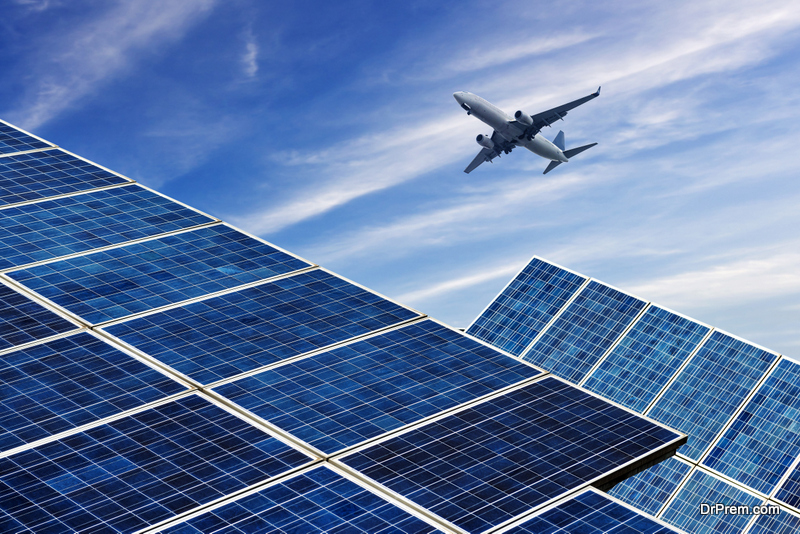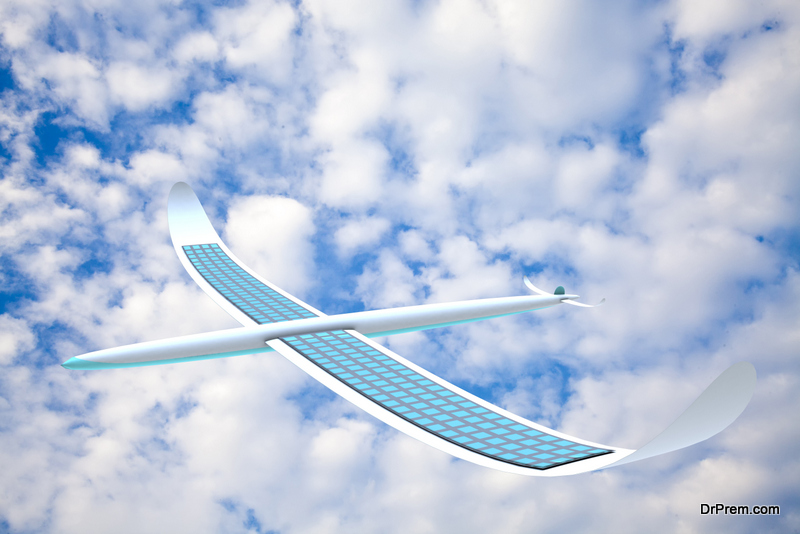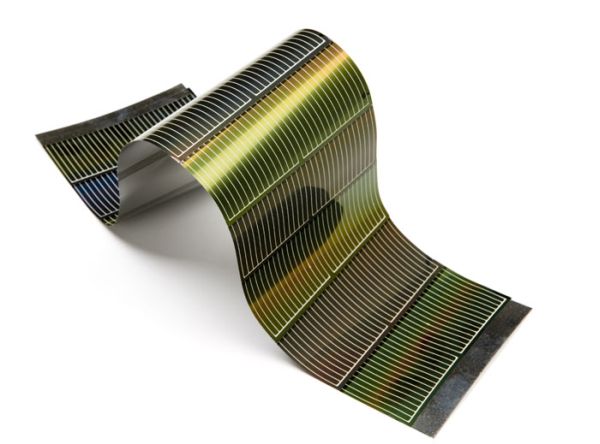Thanks to the internet and aviation, the world has become very small, both literally and realistically. One can travel from one corner of the world to the other in just about a day. However, both the Internet and aviation have their pros and cons. While most of us are aware of how the internet is affecting our civilization, many of us don’t know how airplanes are doing the same. Although flights have become more inexpensive than ever, their carbon footprint is more or less the same. Nevertheless, eco-friendly alternatives like solar-powered aircrafts might offer some relief.
At a time when the aviation industry is grappling with the rising costs, limited availability and environmental burden of aviation fuels, the idea of solar-powered airplanes provides a much-needed lifeline. Researchers have been able to design prototypes of this idea ever since the first experiment to this effect was carried out by NASA in November 1974. However, this idea has not fructified much on a larger scale, especially for the commercial use, and it is still mired with various pros and cons. Here we will analyze all the issues related to the solar-powered aircrafts.
The good
Emissions-free air travel
The solar-powered aircrafts can provide emission-free air travel and reduce the environmental burden of the aviation fuels. At present, the aircrafts form one of the largest groups of contributors to the global carbon-di-oxide emission. According to an estimate, it has increased by over 87 percent since 1990. Moreover, with the rate at which the aviation industry is expanding, there is no stopping to this phenomenon. It would only stop if it gets aircraft powered by renewable sources like solar energy.
Can this be better?
Yes. Apart from the environmental benefits, traveling in a solar-powered airplane would be relatively cheaper. The cost of fuel would be minimal. However, this can happen only if the researchers are able to construct affordable models of solar-powered aircrafts.
The bad
Not suitable for long distances
Designing the all-purpose solar-powered aircraft is a technological challenge. It has not yet been met, even though many models have been tested since 1974. These are compact, small and cannot carry more than a single person. Moreover, there are apprehensions that these airplanes could not travel for long distances and in all weather conditions.
In addition, the present technology for the production of solar energy would require large space for producing enough energy. Otherwise, it would be unable to mach the demands of a commercial aircraft. This cannot be possible on aircrafts. The photovoltaic cells spread in one-meter square area could produce only 100 watt of power. However, a commercial aircraft would require millions of watts for flying.
Can this be avoided?
It would require some new technological innovations for avoiding the bad aspects of the solar-powered aircrafts. One of them could be the development of hybrid engines, much like the hybrid cars, for allowing long distance travel without any disturbance from the weather condition. In addition, the researchers would have to find out new technologies that require less space for solar-power generation.
The Ugly
Expensive
The present prototypes of solar-powered aircrafts are extremely costly, in addition to all the deficiencies discussed above. For instance, the cost of Solar Impulse, which was tested by the Swiss Federal Institute of Technology in 2009, is $94 million. Despite this, it could fly only at the speed of about 70km/h. Furthermore, it requires a very large wingspan of 70-meter to stay afloat in the air. Also, it can fly only for eight hours in a single flight interval.
Why are we so critical?
It has been over 37 years, since the first model of solar-powered aircraft was tested by NASA. However, this idea has not still broken the shields of infancy. True that it would require some new technological innovations, which can occur only at its own pace. Still, we believe that something has been lacking, as far as promoting the solar-powered aircraft project by aviation industry and the various governments is concerned.
In contrast, despite the opposition of various environmentalists, considerable successes have been achieved in the development of bio-fuels as the alternative to aviation fuels.
New developments
Aurora Flight Sciences, a company that has shown its keen interest in solar-powered aircraft ever since it came into existence, has finally completed work on an advanced wing design. The fabrication and initial tests of the wing that has the potential of revolutionizing solar-powered aircraft has been successfully completed. Having a span of 22 feet and a chord of 15 feet, the test wing is constructed entirely from advanced composite materials and lightweight plastics.
Advance solar cells wrap the upper surface of the wing, which transform sunlight into electricity. The energy produced will supply power to the aircraft and its payloads. The main aim behind this test panel was to develop and validate designs and manufacturing techniques. The company feels the test is important for the accurate planning of any future solar aircraft development program. Aurora, which builds robotic aircraft and other advanced aerospace vehicles for scientific and military applications, was selected as a contractor by DARPA for Phase 1 of the “Vulture” ultra-long endurance aircraft program. The company has funded the SunLight Eagle, a 114-foot wingspan solar UAV, in addition to the large solar test panel.
The bottom line
While the future of solar-powered aircrafts will depend on multiple factors, two things must be noted. First, the aviation industry can in no way avoid the need of research for alternative renewable sources of power for fueling the aircrafts. Second, with the years of research already done on the solar-powered planes, there could not be a better alternative in the immediate future.
For now, it can be said that the future airplanes would be powered by the Sun. In addition, much like the many science-fiction movies that have depicted use of machines powered by natural, renewable sources in recent times, this idea is no less exciting. In addition, despite the various limitations of the present models, the solar-powered aircrafts could be used for military purposes. They would work perfectly works as drones and monitoring planes. It is because these do not require carrying large number of people. It can also be used for entertainment, personal use by the millionaires, and for monitoring of the disaster-affected areas by the government.
This could very well be a small contribution in the fight against climate change and save some scarce aviation fuels.






